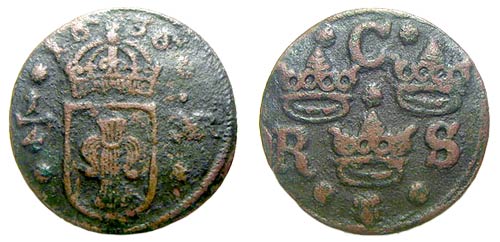Metal Detecting with Marina
We got to the site when the morning sky began getting lighter so metal detecting without a headlamp would not be a problem.
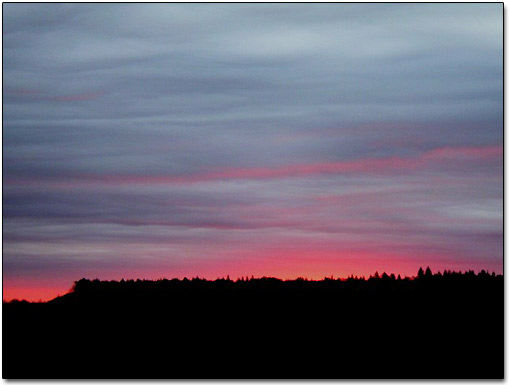
The spot was a site of the 17th century Swedish village Anakira which was establish after the area called Ingermanland (the entire St. Petersburg region now) was annexed to Sweden from Russia after the war in the early 1600s. The high concentration of iron slag in the ground proved that the village had its own iron smelting furnace for making farming tools and equipment. The village is shown on the Swedish map of the early 1600s.
The Russian army lead by tsar Peter The Great defeated Swedish army and returned Ingermanland back to Russia in 1703. The names of settlements were slightly changed into Russian-like names. The village Anakira was renamed into Ananjino. As shown on the Russian Military Topographical Map of 1868, the village consisted of only nine houses.
Fragments of Swedish and Russian Maps Showing the Village Ananjino
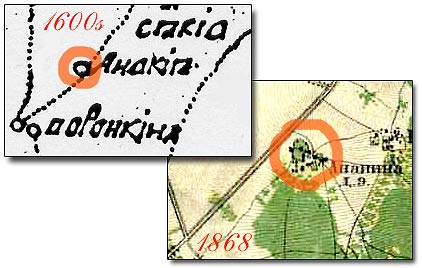
Now the spot was just a vast farm field plowed once in three years.
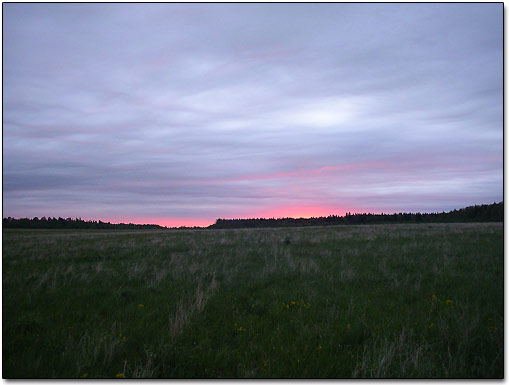
The site had been frequently visited by many metaldetectorists from the St. Petersburg Treasure Hunt Club. The entire field had been "pounded" with all kinds of metal detectors, nevertheless, I still believed in existence of one or two "hot" spots left untouched. Surprisingly I stumbled across such a spot when I got a signal which produced a nice bronze crucifix.
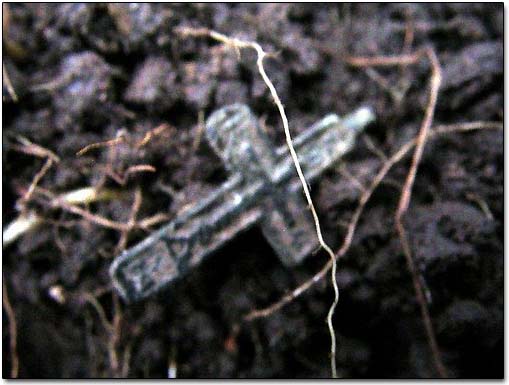
Next signal was emitted by a Swedish 1636 1/4 Ore coin minted under the rule of Christina (1632 - 1654).

Coin Similar to One Found
